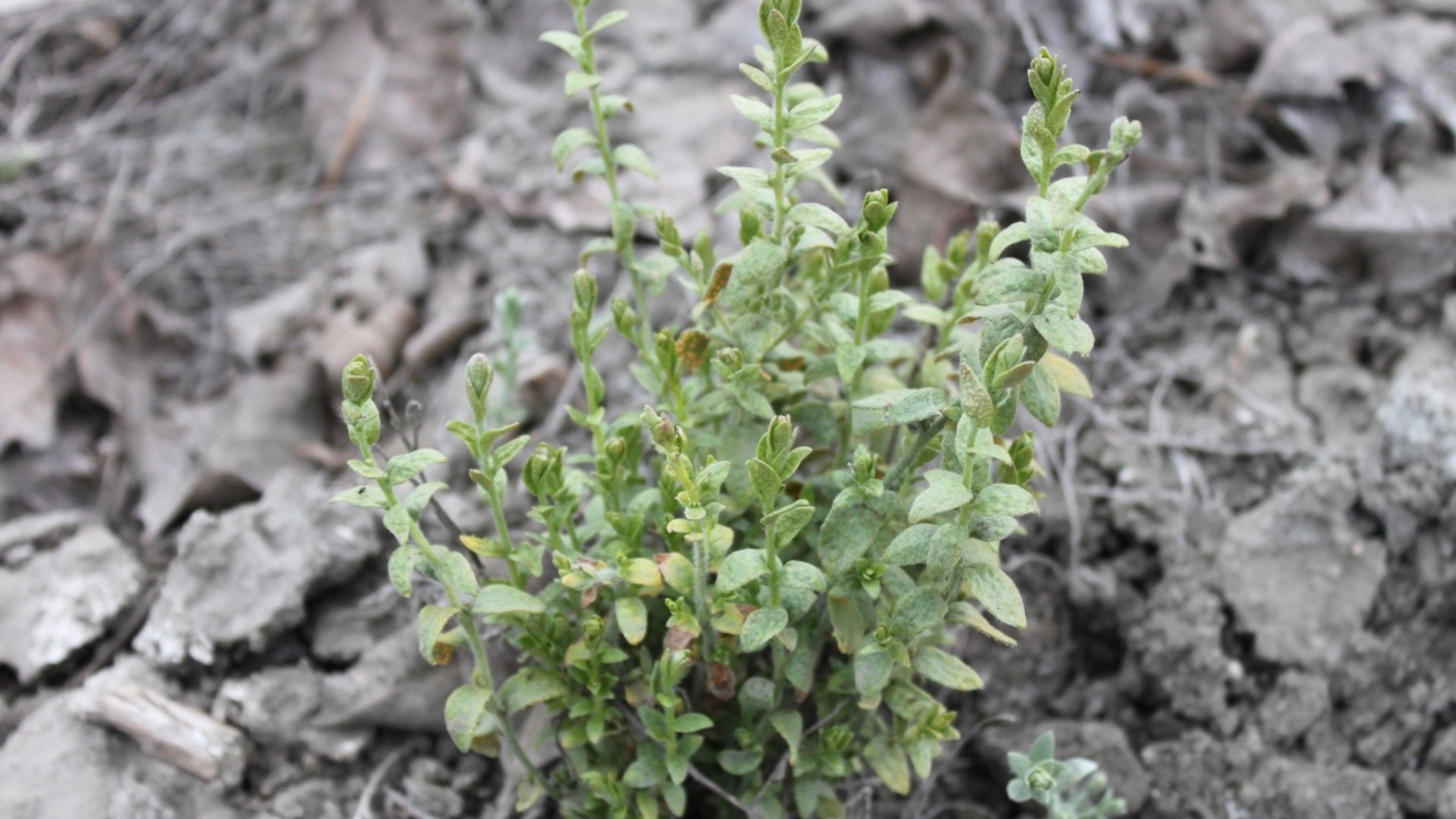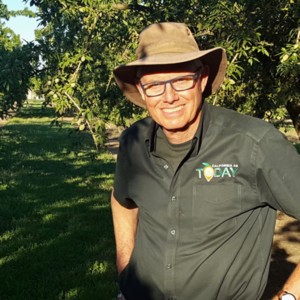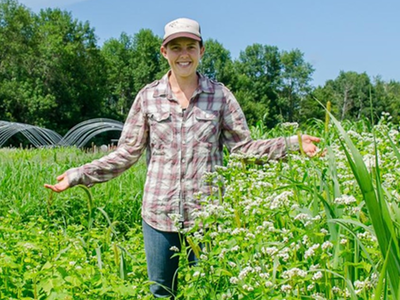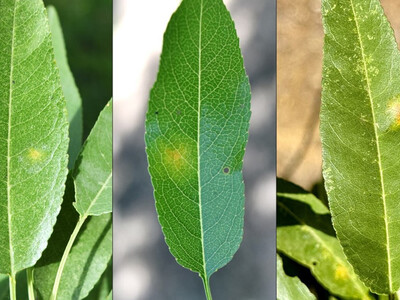Alkaliweed is a Challenge in Tree Nut Orchards, and Difficult to Control
James Schaeffer is a second year grad student at California State University Fresno, and for the last five years he's been working with weed advisor Kurt Hembree, a UC Farm Advisor Fresno County.Schaeffer probably knows more about alkaliweed than anyone in the world because there's very little in the literature about it and even though it's called alkaliweed, it's not classified yet as a weed.
And one thing for certain, this is a tough plant to control.
“Yes, it seems to be tough to control,” said Schaeffer. “So far, traditional chemical herbicides have merely just suppressed it for a few weeks and the plant bounces right back. We're seeing regrowth within two to three weeks of chemical application.”
“Upon digging up plants, it seems that they have a really extensive root system underneath the ground. It is in the same family as field bindweed, which has a similar root structure developed, so a long taproot, and it also has a lateral root system that produce new buds that end up surfacing and becoming new plants,” Schaeffer
“In the field this plant does propagate through seed, but we tend to believe that growers are spreading this plant through their field with their tractors. But we do not know that for sure,” he said
Schaeffer is now trying to figure out how this plant works. “We need to know it's biology, it's ecology to really help develop control strategies. So my approach for my thesis work is to develop data on how this plant grows its sensitivity to daylight and shade, as well as its water and moisture needs,” he said.

















